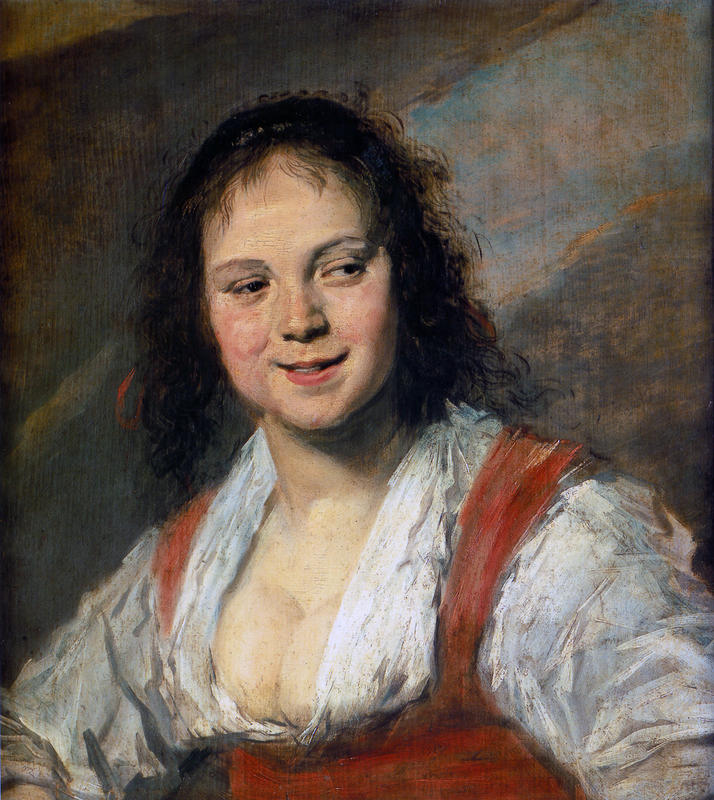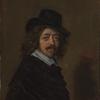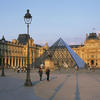More about The Gypsy Girl
- All
- Info
- Shop

Featured Contributor
The title of this painting by Frans Hals is a bit of a misnomer.
Hals depicts here a prostitute smiling provocatively. The title The Gypsy Girl was given to the painting in the 19th century by Louis La Caze, who owned the painting. However, he did not recognize that the subject of this work was a prostitute. The young woman depicted shows a deep cleavage, which is emphasized by Hals’ use of light. She has rosy cheeks and looks to her left. It seems that she is trying to seduce a potential client. Check the blog post on www.tripimprover.com for some more details.
By 17th- and 21st-century standards, the woman is not very pretty. She has a somewhat big nose, not a very smooth skin, and her hair is somewhat unkempt. However, her facial expression is so intriguing that this work leaves a lasting impression on those who view the painting. Moreover, the painting style used for this work helps to make The Gypsy Girl very memorable. In fact, when the Louvre inherited this painting in 1869, the influential newspaper Gazette des Beaux-Arts praised Hals as the best painter ever. Frans Hals used loose and rough brush strokes for this painting. While he used them even more in his genre pieces, his magnificent portraits also show his loose brush strokes. Two of his magnificent portraits are The Laughing Cavalier from 1624 and his Portrait of Tieleman Roosterman from 1634.
Radiographic analysis of this painting revealed that Frans Hals initially wanted to paint a less provocative version of this woman. Her breasts were smaller and less exposed. However, Hals decided to make the painting more provocative. This painting shows more cleavage than any other painting by Hals. The open mouth of the woman is also a telltale sign. Decent women from the 17th century would never be depicted with a smile or open mouth in a portrait as that was considered indecent.
While Hals was a popular local painter during his life, his works were largely forgotten after his death. The Impressionist painters rediscovered his work in the 1860s. Artists like Manet and Monet were inspired by the lack of detail, beautiful composition, and the loose brush strokes of Hals. Hals work has only increased in popularity since and new paintings of him still surface, such as his Saint John the Evangelist which was rediscovered in 1997.
Featured Content
Here is what Wikipedia says about The Gypsy Girl (Hals)
The Gypsy Girl, also known as Gypsy Girl, (sometimes erroneously referred to as Malle Babbe) is an oil-on-wood painting by the Dutch Golden Age painter Frans Hals, painted in 1628-1630, and now in the Louvre Museum, in Paris. It is a tronie, a study of facial expression and unusual costume, rather than a commissioned portrait. The display of cleavage was not a common feature of costume seen in public in Hals' time and place.
Check out the full Wikipedia article about The Gypsy Girl (Hals)













